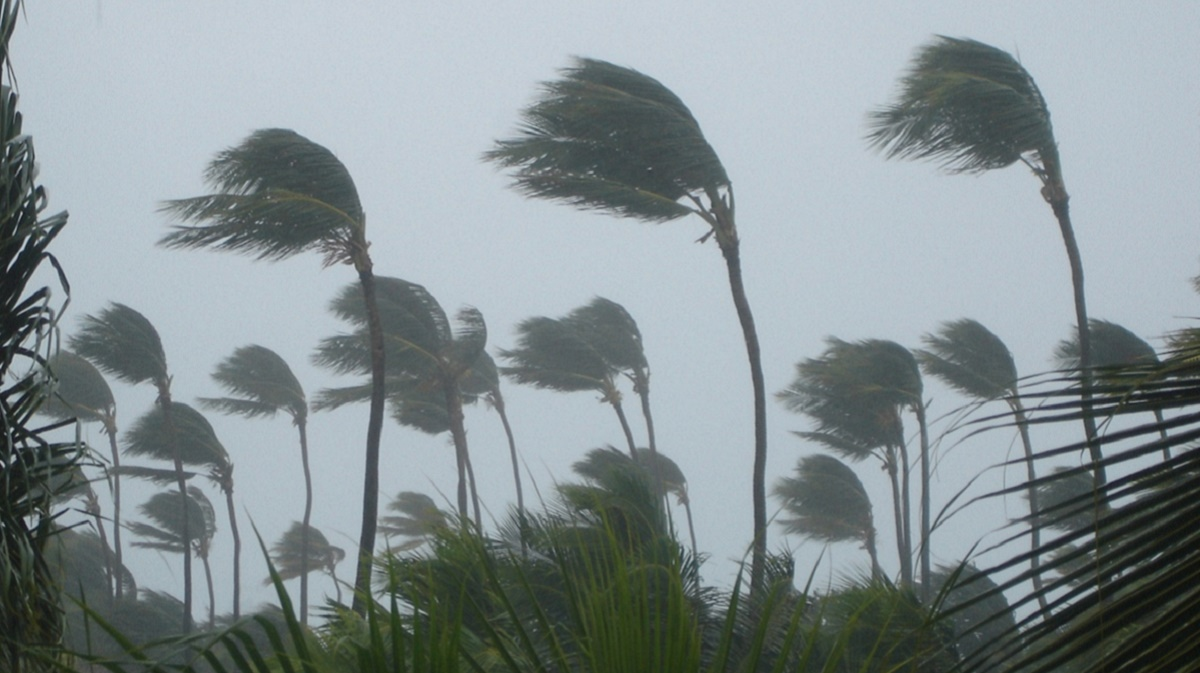How Effective are Embankments in Controlling Floods?
A worldview based on dominance
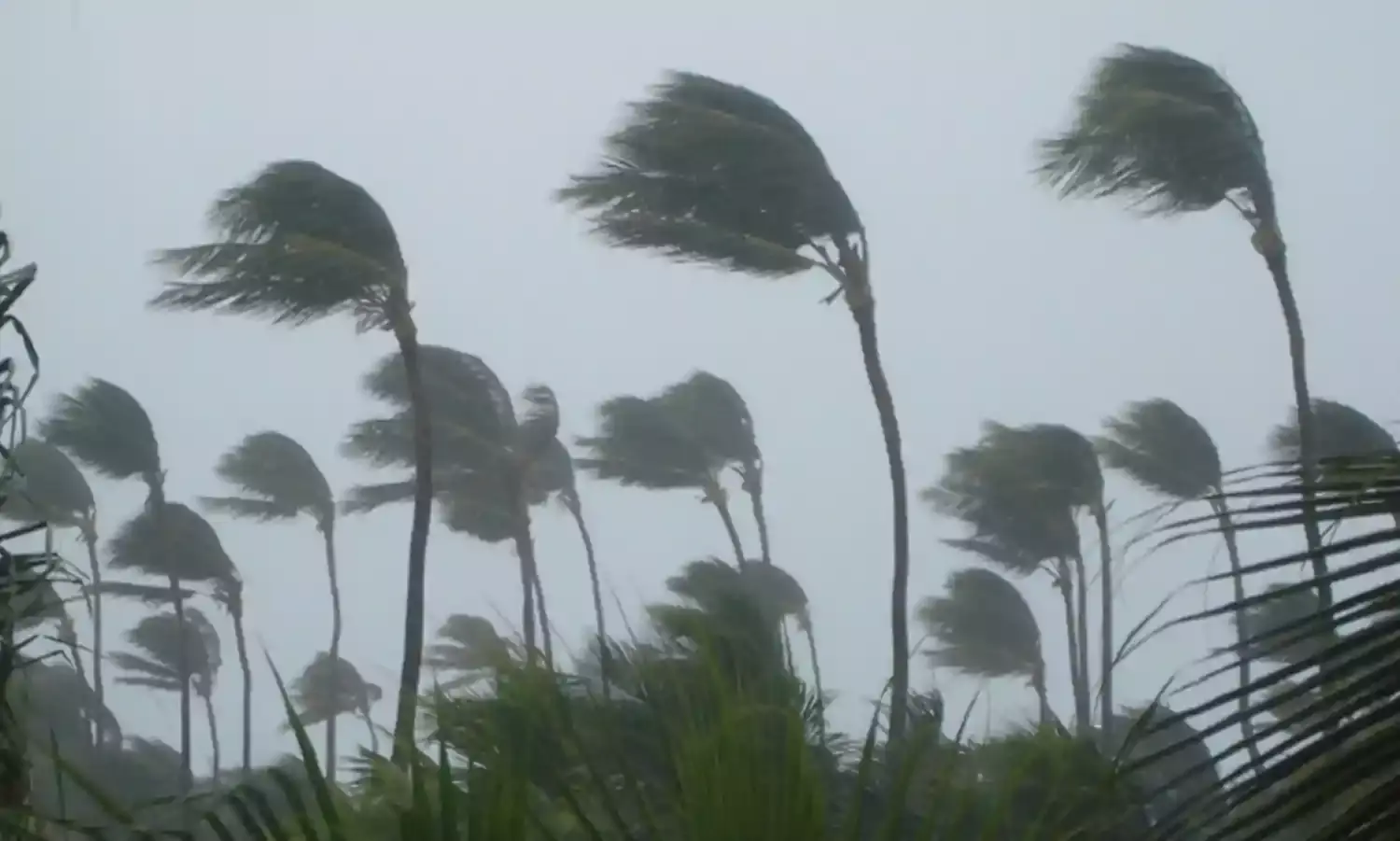
Embankments are the most frequently used form of flood control in India as well in many other countries. To most people, constructing extended walls alongside rivers to prevent their water from entering habitations appears the most obvious way of controlling floods. This is confirmed by the demands voiced by several people when confronted with a flood threat.
Nevertheless the fact remains that in India, after constructing vast embankments, overall the area threatened by floods has increased. What is more, some areas that saw exceptionally high construction of embankments, such as northern Bihar, continue to suffer floods and waterlogging, and in some contexts like prolonged waterlogging the problem has worsened.
Surely this should lead us to a careful reconsideration of the role and effectiveness of flood embankments, keeping in view also the huge money spent on building and maintaining them, a significant share of which is alleged to be flowing down the corruption drain.
Several years back I was invited to a meeting on flood control in Bihar, in organising which the flood-affected communities had played an important role, and I came back with an overwhelming feeling that these communities felt cheated and disappointed against the initial hope they had reposed in embankment-based flood control.
Problems arise when only a very short-term, highly localised and reductionist view is taken to restricting or regimenting a river’s flow. The people of a village, or a cluster of villages and hamlets, who feel threatened by a river in spate may be quite right in believing and demanding that a wall between their habitation and the river will afford some immediate protection.
This appears so obvious as to be beyond question. But taking a longer-term and wider view, it raises several questions.
First, what will happen to people who live in the area between the river and the wall, to their homes, farms, animals, pastures, livelihoods?
Surely they will suffer from even higher floods than before, and in fact are likely to be more or less displaced from land. Who will provide for them, and where?
Will the wall protect from floods, or will it merely divert the flood elsewhere? If the new wall protects some habitations, rural or urban, perhaps where more influential people live, will it be at the cost of other settlements, where the flood gets pushed or diverted?
If a river’s flow for some length is restricted by walls, particularly a flow which has a natural tendency to meander, will it increase the eroding effects of the flow further downstream?
Will the silt brought by the river, now restricted to a narrow embanked reach, cause a rising of the riverbed? Within a few years this rise can exceed the height of the embankment, leading to a need to raise the embankment, failing which the water may spill over and breach it.
If and when the embankment breaches, will the flood be much more destructive than a normal flood? Certainly, as the water will be released with more force from a raised base and a narrower space than before. If the riverbed has risen significantly meanwhile and the water flows from a higher to a lower plain, the destruction can be enormous.
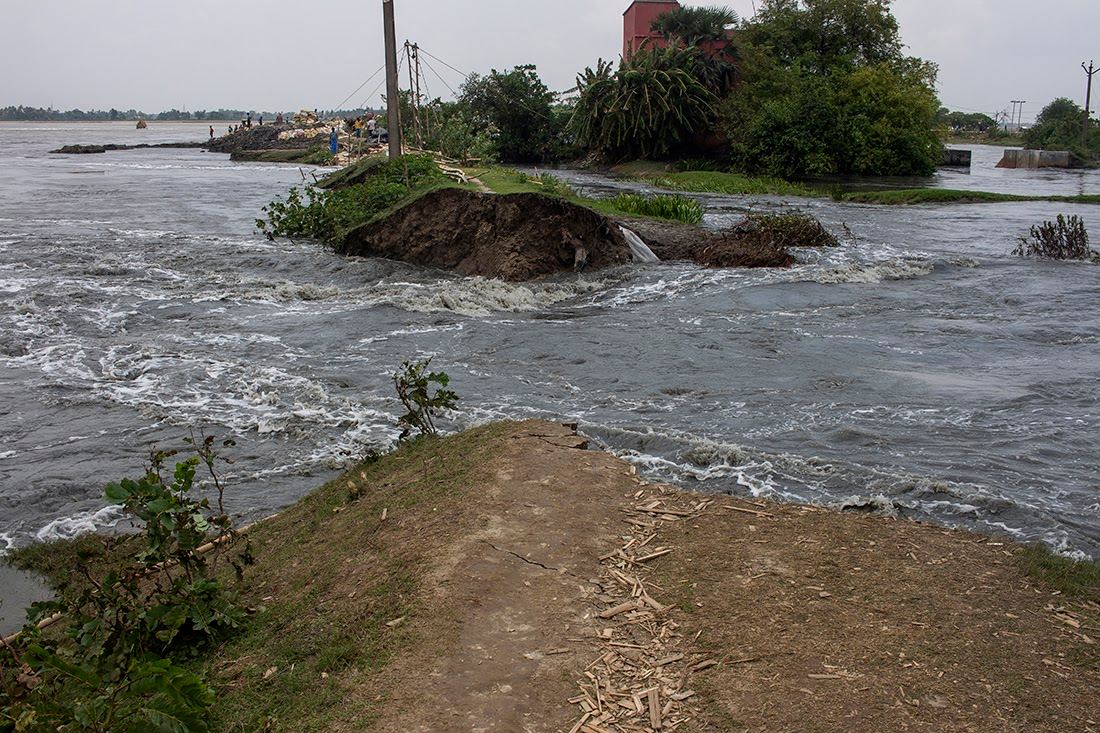
What about the numerous places where rainwater drains into the river? Will the embankment obstruct this essential process, leading ultimately to waterlogging spread over large areas, ruining farmland and spreading disease?
What about the zones of confluence where one or more tributaries meet a river? Embanking such a stretch can be terribly complicated, leading also to problems like water backflow.
If you ask competent engineers about these problems, they are likely to reply that with better planning, construction and maintenance, some of these problems can be resolved to some extent, but others are inevitable and will more or less persist.
In real life, engineering work is taken up in far from ideal conditions. There is a lot of corruption, which requires less transparency and less involvement of people. This reduces the ability to take full advantage of the detailed knowledge of local communities, and therefore important details of local topography, riverflow and silting are missed.
Engineering structures requiring more intricate work, for example to reduce drainage obstruction, are often missed. Due to corruption, the constructions are often weaker than needed and the maintenance work even more so.
Further, chances of breaches are increasing in times of global heating, where agroindustrial emissions and deforestation are melting glaciers and increasing the incidence of concentrated rain events and torrential rain.
These are all questions which need sorting out for flood control to succeed. Speaking for myself, whenever I have returned from flood zones, I have returned as a troubled person with many questions in mind.
What appears increasingly clear to me is that we cannot hope to achieve success in flood control using methods which are very questionable when examined from a wider perspective.
All this does not necessarily mean that embankments do not have a role in flood control. In a many-sided flood control effort embankments too have a role in some places and situations, but their role must be explored keeping in mind all their limitations, and the available alternatives.
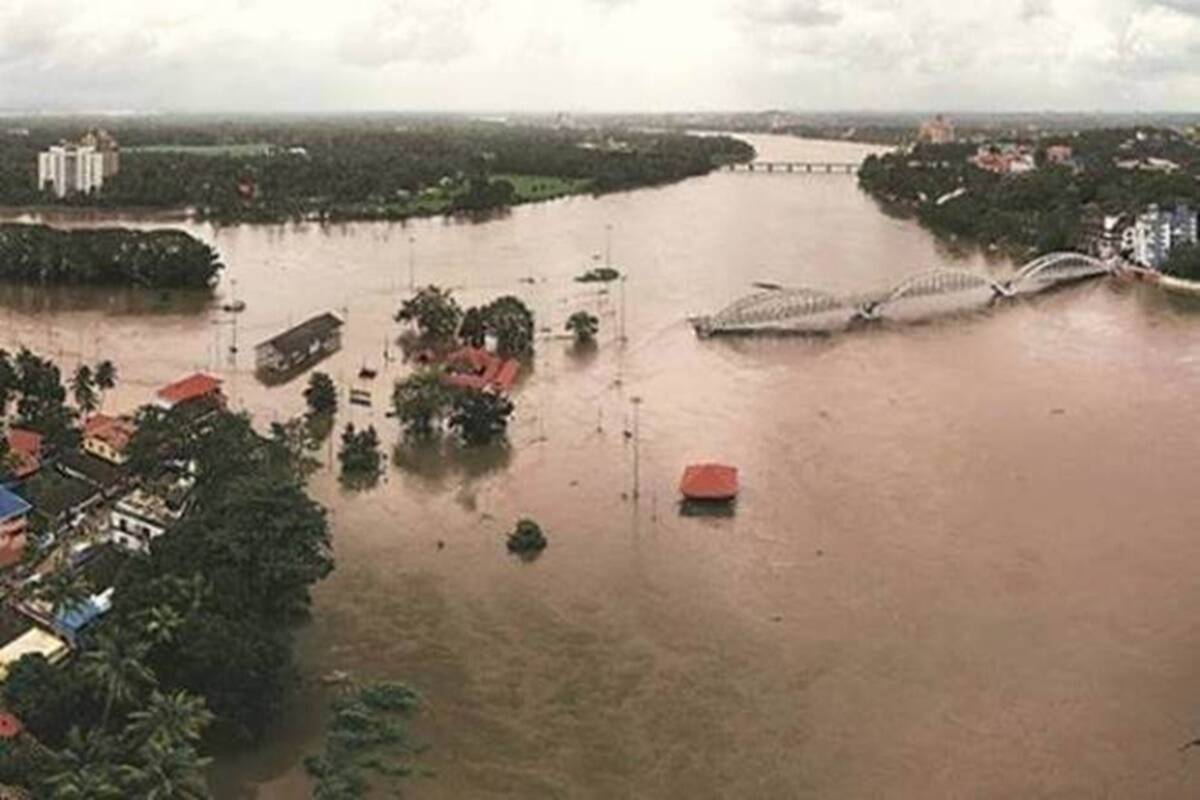
India is not alone in experiencing the paradox of more areas being exposed to floods even as the expenditure on flood protection keeps increasing. Many countries have experienced this. Clearly we need a review of basic thinking related to flood protection.
Some of the most destructive floods in recent years have been caused by embankment breaches and the sudden release of huge quantities of water from dams. Such floods can be checked to a very significant extent by adopting appropriate policies, in the short and long run.
Some of the most prolonged floods or waterlogging cases are caused by human obstruction of natural drainage. These can be checked to a significant extent by adopting appropriate steps.
However, while checking the more destructive and prolonged floods, we must also learn to coexist with the natural process of rivers spilling over their banks when there are heavy rains. There are ways of making this coexistence much more bearable, and even turning the flood flows to several beneficial uses.
First, forests and green cover in the catchment areas should be very well protected. There is a lot of difference between natural dense mixed forests and artificial plantations. It is natural mixed forests with their good share of dense, broadleaf species that we need, as well as plenty of other indigenous growths that can protect soil and conserve water effectively.
We also need well-planned soil and water conservation efforts in catchment areas.
In the immediate floodplains nearer the river, we must avoid costly infrastructure and crops that are easily destroyed by floods. This is the place for conserving water, for grass fodder and fruit orchards or other livelihood trees, which are capable of absorbing and tolerating excessive water and moisture.
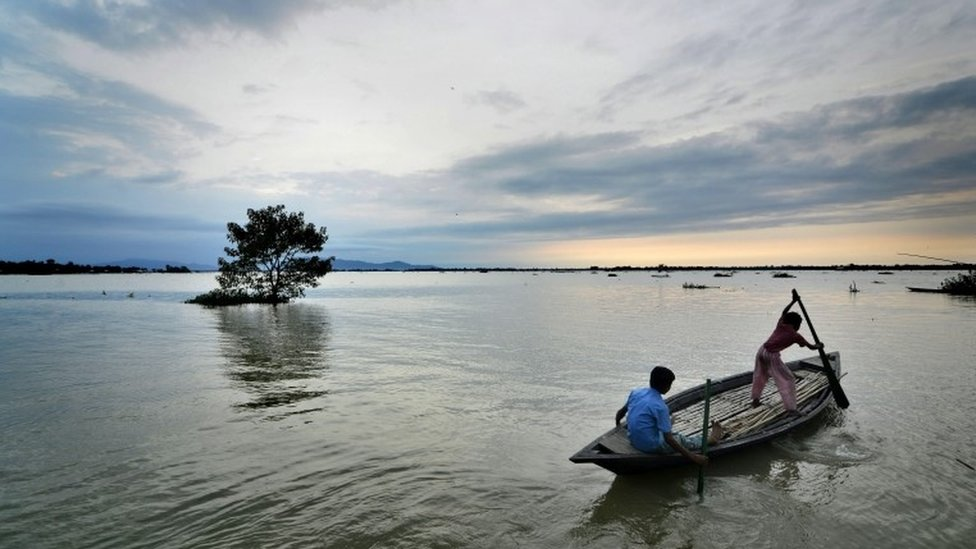
If we take these precautions, then by the time floods reach the wider floodplains their intensity will be much reduced. More flood-tolerant crop varieties should be preferred here as well. Drainage paths should be freed of obstructions so that floodwaters find their way easily to natural depressions, lakes, ponds and tanks, filling them up to provide water later in the rain scarce months.
Freed drainage paths devoid of obstructions will allow water to clear quickly, at the same time leaving behind fertile silt to help farmers get good crop yields without hazardous chemical fertilisers.
As far as possible, rivers should be free of embankments and dams. Where dams have already been constructed or are badly needed by local circumstances, flood protection should get adequate attention in dam management and repair. Where embankments cannot be avoided, their maintenance should get adequate attention and people should be consulted in this.
This will require a detailed understanding of local conditions and a highly decentralised approach, with the communities consulted and resourced to take and implement decisions also sharing an understanding to resolve differences and work for the common good. Implementation must be as per local conditions and realities, and for this decentralisation and devolution as well as harmony of local communities are very important.
To bring such changes in flood policy, our perception of rivers and floods must change in very basic ways. A narrow engineering-based perception, and a worldview based on dominance, should change to a perception based on living with nature, understanding nature and its ways and trying to live in harmony with them.
Such as the related vision of largely free-flowing rivers, which involves giving importance to all life-forms which thrive in and around them. Building such a vision involves wider and longer-term thinking, while giving up the narrow and reductionist approach based on dominance.
Bharat Dogra is a journalist and author. His recent books include Planet in Peril and Man Over Machine
